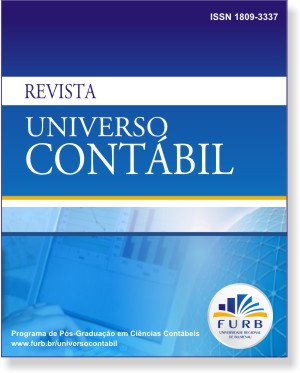MANAGERIAL TIME ORIENTATION: POTENTIAL DIMENSIONS AND MEANINGS
DOI:
https://doi.org/10.4270/ruc.20117Keywords:
Managerial time orientation. Research on accounting. Theoretical framework.Abstract
Managerial time orientation (MTO) is a topic that has received increasing attention in recent decades by the accounting literature. However, confusion still exists regarding the understanding of what MTO really means. It is argued that one of the reasons for this is the lack of studies that seek to conceptually specify the dimensions of MTO. The general objective of this study is to highlight evidences of the literature based in economics that contributes to a broader understanding of MTO. Specifically, it is intended to (i) show that managerial myopia is only one dimension of a broader concept called intertemporal choices and (ii) propose a conceptual framework which can be the base to identified and precisely defined each dimension identified based on two criteria: a) consistency of behavior, where individuals have different levels of consistency between the desired behavior and current behavior; and b) timing of the benefits of the choices made by individuals, such benefits may be concentrated in short term or long term. Based on these two criteria, it may be suggested the existence of four dimensions for MTO: managerial myopia, managerial hyperopia, procrastination and anticipation. As challenges for future research there are both the development of measurement tools able to capture each of these dimensions and the consistency between the theory used, size of explored MTO and interpretation of the evidences obtained in the same study.Downloads
Download data is not yet available.
Published
2011-10-31
How to Cite
Aguiar, A. B. de. (2011). MANAGERIAL TIME ORIENTATION: POTENTIAL DIMENSIONS AND MEANINGS. Revista Universo Contábil, 7(4), 06–21. https://doi.org/10.4270/ruc.20117
Issue
Section
National Section
License
The copyright for papers published in this journal belong to the author, with rights of first publication for the journal. As the papers appears in this publicly accessed journal, the papers are for free use, receiving their credit, in educational and non-commercial uses. The journal will allow the use of the papers published for non-commercial purposes, including the right to send the paper to publicly accessed databases.


